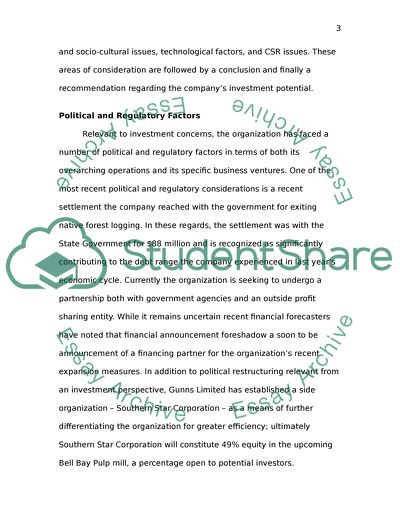Cite this document
(“Investment Report: Gunns Limited (GNS) Assignment”, n.d.)
Retrieved de https://studentshare.org/marketing/1391753-company-report
Retrieved de https://studentshare.org/marketing/1391753-company-report
(Investment Report: Gunns Limited (GNS) Assignment)
https://studentshare.org/marketing/1391753-company-report.
https://studentshare.org/marketing/1391753-company-report.
“Investment Report: Gunns Limited (GNS) Assignment”, n.d. https://studentshare.org/marketing/1391753-company-report.


